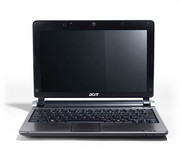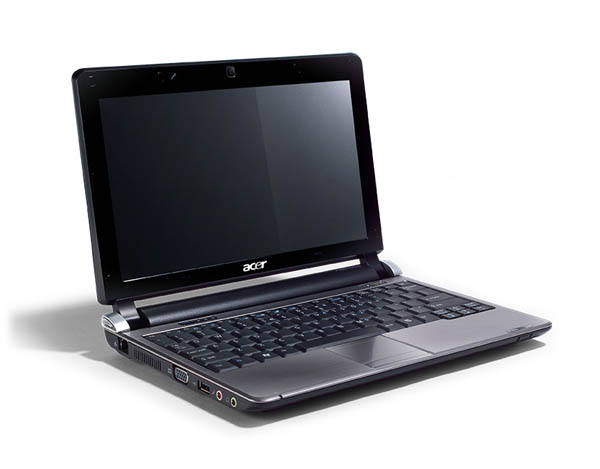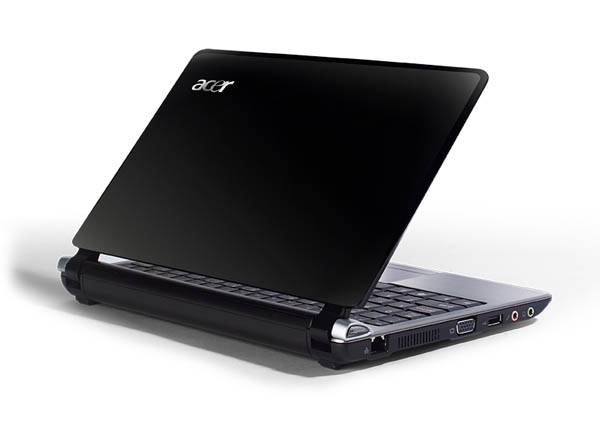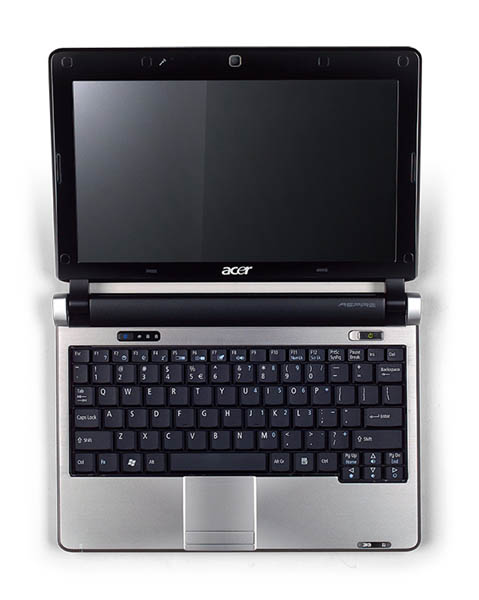Acer Aspire One D250-1613
Specifications
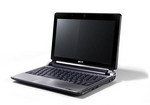
Price comparison
Average of 1 scores (from 1 reviews)
Reviews for the Acer Aspire One D250-1613
Source: PC World
 Archive.org version
Archive.org versionThe latest model in the Aspire One netbook line is fairly nondescript. The D250-1613 has the same 1.6GHz Intel Atom CPU, plus 1GB of RAM, a 160GB hard drive, a tiny keyboard, and a microscopic multitouch pad. With its cookie-cutter netbook design, it fits into the crowd somewhere between the Fujitsu LifeBook M2010 and, say, the Lenovo S10. Acer adds a second OS to its Aspire One D250 without adding to the price--but that still doesn't feel like enough.
Single Review, online available, Medium, Date: 10/27/2009
Rating: Total score: 60%
Comment
Intel Graphics Media Accelerator (GMA) 950: Intel Graphics Media Accelerator 950 is an integrated (onboard) graphic chip on Mobile Intel 945GM chipset. It is a faster clocked version of the GMA 900 and supports no hardware T&L (Transform & Lightning) accelleration (which is required for some games).
These graphics cards are not suited for Windows 3D games. Office and Internet surfing however is possible.
» Further information can be found in our Comparison of Mobile Graphics Cards and the corresponding Benchmark List.
Intel Atom: The Intel Atom series is a 64-Bit (not every model supports 64bit) microprocessor for cheap and small notebooks (so called netbooks), MIDs, or UMPCs. The speciality of the new architecture is the "in order" execution (instead of the usual and faster "out of order" execution). Therefore, the transistor count of the Atom series is much lower and, thus, cheaper to produce. Furthermore, the power consumption is very low. The performance per Megahertz is therfore worse than the old Pentium 3M (1,2 GHz on par with a 1.6 GHz Atom).
N280:
Power efficient, cheap and slow Netbook single core CPU. Because of the in-order execution, the performance per MHz is worse than Core Solo or Celeron M processors. Compared to the N270, the N280 is only minimally higher clocked and offers a higher FSB.
» Further information can be found in our Comparison of Mobile Processsors.












